The working principle of material handling considers that material handling work should be minimized without hindering productivity or the level of service required for the operation. The capacity and limitations of human beings must be recognized and respected. Although warehouses are known to be busy work environments with constant movement, they don't have to be chaotic or labor intensive, as long as they have the right systems in place. From preventing accidents in the workplace to saving money, these are four reasons why material handling is key to implementing it in your warehouse.
By using material handling systems, employees are freed from monotonous and laborious tasks (for example, lifting heavy objects) that will help them reduce stress levels and achieve overall job satisfaction. Researchers and professionals from the Materials Management Institute created a document containing the 10 principles of material handling to create a safer and more productive material handling system. From reducing unnecessary manual labor to maximizing available space and tracking inventory in real time, Modula's automated solutions are designed to help you comply with these principles and streamline your warehouse operations. Industrial trucks are vehicles that transport goods and materials within their warehouse and are also used to load or unload heavy objects.
An effective material handling system allows your company to have the necessary stock in smaller spaces whenever possible, reduce time spent on internal operations (such as transportation and collection), control inventory in real time, reduce operating costs and optimize the overall flow of goods in your facilities. Storage and handling equipment protects your products while they are not being used or waiting for the next stage of the supply chain process. In most developed countries, where manual labor is scarce and the cost of employment is very high, manual manipulation is used much less. Likewise, if a material is fragile, corrosive or toxic, this will mean that certain handling methods and containers will be preferable to others.
Equipment used to collect and communicate information used to coordinate the flow of materials within a facility and between a facility and its suppliers and customers. With material handling systems and the right equipment, employees are not required to lift heavy objects or reach high storage areas. After all, the logistics industry tries to bring products, materials or components or whatever from the point of origin to their final destination. Mass work (defined as material flow multiplied by the distance traveled) must be minimized without sacrificing productivity or the level of service required for the operation.
Material handling equipment can help your employees transport, locate and select inventory, allowing them to be more competent and productive in other tasks. The selection of equipment also depends on the nature of the operations, for example, whether the handling is temporary or permanent, whether the flow is continuous or intermittent, and on the flow pattern of the material, vertical or horizontal. Material handling equipment uses manual, semiautomatic, and automated equipment to aid the movement and storage of materials within the warehouse. For example, many material handling applications do not have the right equipment to simultaneously lift and empty bulk containers.
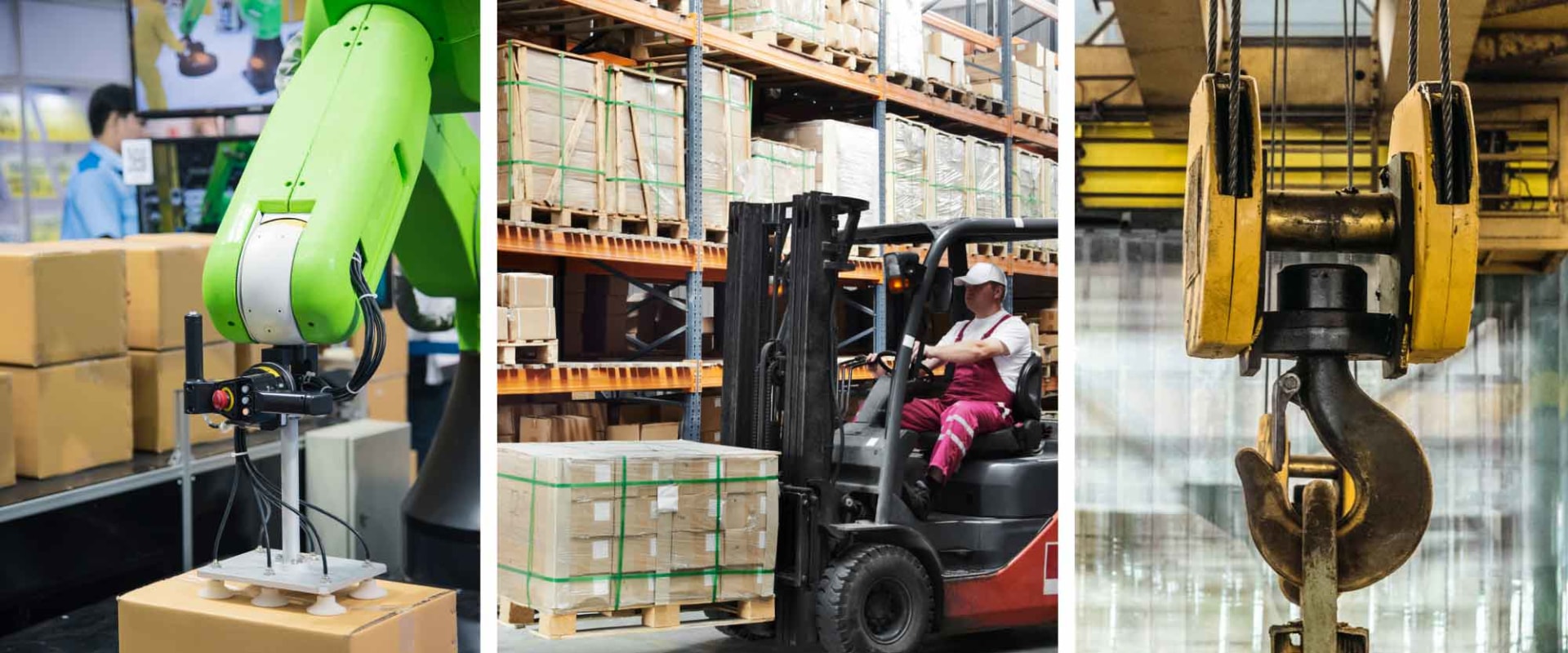
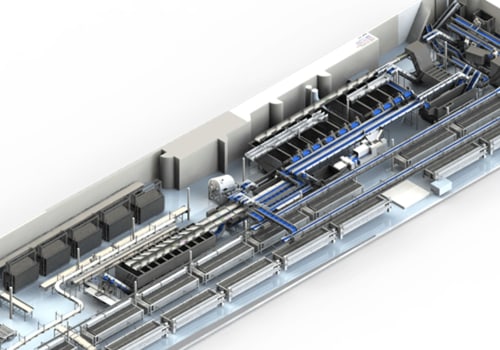

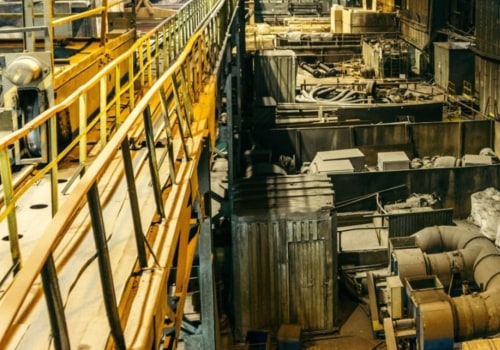
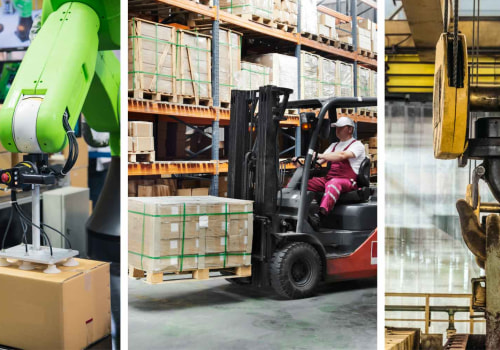
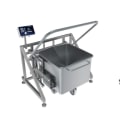

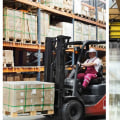

Leave a Comment